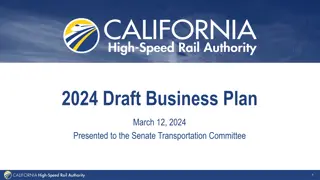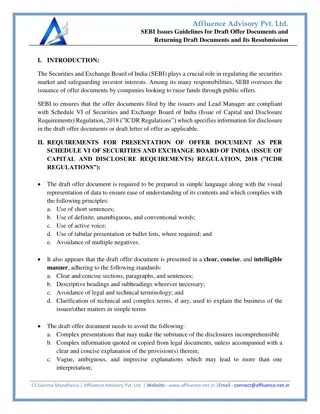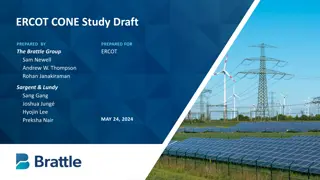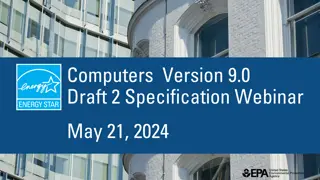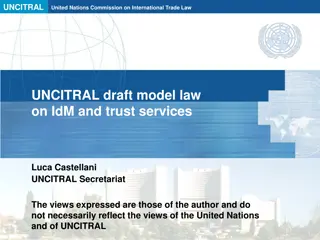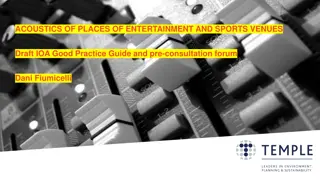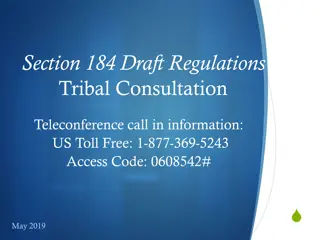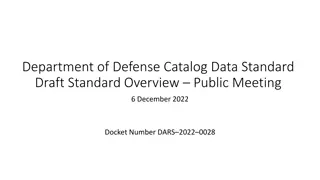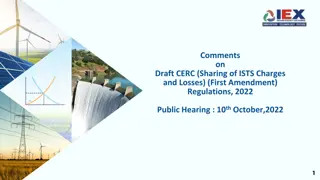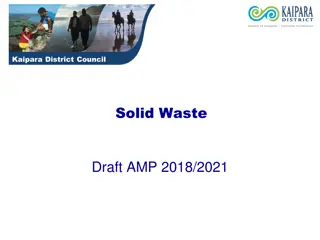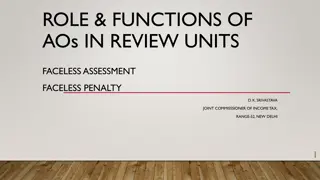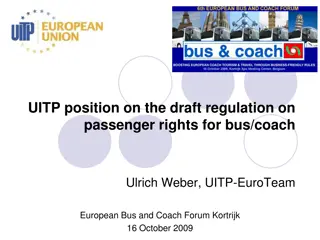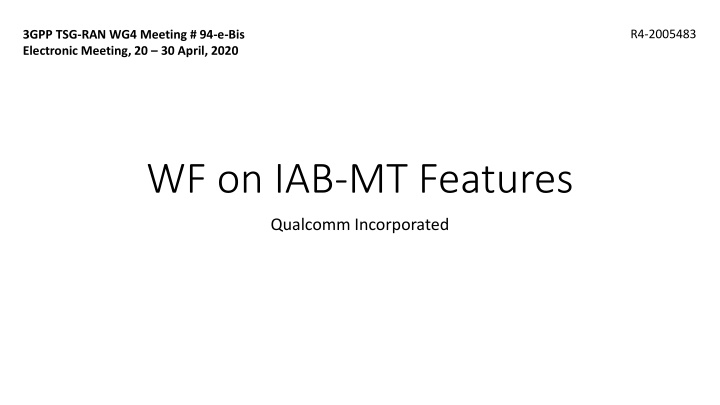
Features of WF Modulation in 3GPP Meeting #94
Explore the modulation-related features discussed in a 3GPP meeting, including options for FR1 and FR2, PDSCH configurations, and more. Delve into physical layer features like pi/2-BPSK for PUSCH, active BWP switching delay, and UE power class considerations for DL and UL channels. Stay informed about band support, CA, and EN-DC features relevant to Qualcomm Incorporated.
Download Presentation

Please find below an Image/Link to download the presentation.
The content on the website is provided AS IS for your information and personal use only. It may not be sold, licensed, or shared on other websites without obtaining consent from the author. If you encounter any issues during the download, it is possible that the publisher has removed the file from their server.
You are allowed to download the files provided on this website for personal or commercial use, subject to the condition that they are used lawfully. All files are the property of their respective owners.
The content on the website is provided AS IS for your information and personal use only. It may not be sold, licensed, or shared on other websites without obtaining consent from the author.
E N D
Presentation Transcript
R4-2005483 3GPP TSG-RAN WG4 Meeting # 94-e-Bis Electronic Meeting, 20 30 April, 2020 WF on IAB-MT Features Qualcomm Incorporated
Modulation related features Feature group Component WF 60kHz of subcarrier spacing for FR1 64QAM modulation for FR2 PDSCH Optional FFS Option 1. Mandatory Option 2: Optional with manufacturer declaration Note: LS can be sent to RAN1/RAN2 to check whether there are any issues for initial access if we take this feature as optional FFS Option 1. Mandatory Option 2: Optional with manufacturer declaration Note: LS can be sent to RAN1/RAN2 to check whether there are any issues for initial access if we take this feature as optional For FR1 Option 1. Mandatory Option 2: Optional with manufacturer declaration Note: LS can be sent to RAN1/RAN2 to check whether there are any issues for initial access if we take this feature as optional For FR2 Option 1: Optional with manufacturer declaration Option 2: Optional with capability signaling Option 1: Optional with manufacturer declaration Option 2: Optional with capability signaling 1-1 1-2 64QAM for PUSCH 1-3 256QAM for PDSCH 1-4 256QAM for PUSCH 1-5
Other Physical Layer Related Features Feature group 1-6 Component pi/2-BPSK for PUSCH WF FFS Option 1: PI/2 BPSK not supported Option 2: Mandatory with capability for FR2, optional for FR1 Option 1: PI/2 BPSK not supported Option 2: Mandatory with capability for FR2, optional for FR1 Do not support this feature, send LS to RAN1/2 to clarify if there are any issues for initial access Mandatory if IAB-MT supports the band for which it is mandatory Optional pi/2-BPSK for PUCCH format 3/4 1-7 Active BWP switching delay 1-8 7.5kHz UL raster shift 1-11 Almost contiguous UL CP-OFDM 2-7 Handling of 1-8 Send LS to RAN1/2 to clarify if there are any issues expected with initial access if DCI based switching delay is not specified Note: BWP switching does not involve only RF bandwidth switching but also change of many other parameters
Band Support Related Features Feature group Component 2-1 Maximum channel bandwidth supported in each band for DL and UL separately and for each SCS that UE supports within a single CC 2-8 UE power class WF Optional, support through declaration. FFS to be discussed after IAB-MT class handling is clear Multiple frequency band indication Not needed 2-10 Modified MPR behaviour FFS to be discussed after MPR/A-MPR definition for IAB-MT is clear FFS to be clarified after handling of NS values and MPR/A- MPR is clear Not needed FFS until support of handling of PI/2 BPSK is clarified Not needed 2-11 Multiple NS/P-Max 2-12 Maximum uplink duty cycle for FR1 power class 2 UE Power boosting for Pi/2 BPSK for power class 3 UE Maximum uplink duty cycle for FR2 2-13 2-14 2-15 Feature 2-1 RAN4 already sent an LS to RAN2 to inform about this agreement
CA and EN-DC support related features Feature group 1-9 Component Recommended WF Support of EN-DC with LTE-NR coexistence in UL sharing from UE perspective Switching time between LTE UL and NR UL for EN-DC with LTE-NR coexistence in UL sharing from UE perspective Simultaneous reception or transmission with same or different numerologies in CA Non-contiguous intra-band CA frequency separation class for FR2 FFS to be discussed when a band with ULSUP is proposed for IAB-MT FFS to be discussed when a band with ULSUP is proposed for IAB-MT FFS to be discussed when CA and EN-DC support framework is clear FFS to be discussed when CA and EN-DC support framework is clear FFS to be discussed when CA and EN-DC support framework is clear FFS to be discussed when CA and EN-DC support framework is clear FFS to be discussed when CA and EN-DC support framework is clear FFS to be discussed when CA and EN-DC support framework is clear FFS to be discussed when CA and EN-DC support framework is clear FFS to be discussed when CA and EN-DC support framework is clear 1-10 2-2 2-3 Simultaneous reception and transmission for inter-band EN-DC (TDD-TDD or TDD-FDD) Simultaneous reception and transmission for inter band CA (TDD-TDD or TDD-FDD) Asynchronous FDD-FDD intra-band EN-DC 2-4 2-5 2-6 Simultaneous reception and transmission for SA SUL band combinations 2-9 PA architectures for intra-band EN-DC 2-16 PA architectures for intra-band UL CA 2-17
Baseband related features Feature group 3-1 Component Recommended WF Independent measurement gap configurations for FR1 and FR2 Simultaneous reception of data and SS block with different numerologies when UE conducts the serving cell measurement or intra-frequency measurement Short measurement gap SU-MIMO Interference Mitigation advanced receiver Not supported Optional 3-2 Not supported Optional 3-3 3-4
Other Issues Send LS to RAN2 to inform that RAN4 agreed some Rel.15 features will not be supported for IAB-MT and this should be taken into account when capability signaling framework is defined Clarify that there are no signaling issues and these features do not need any special handling in RAN4


